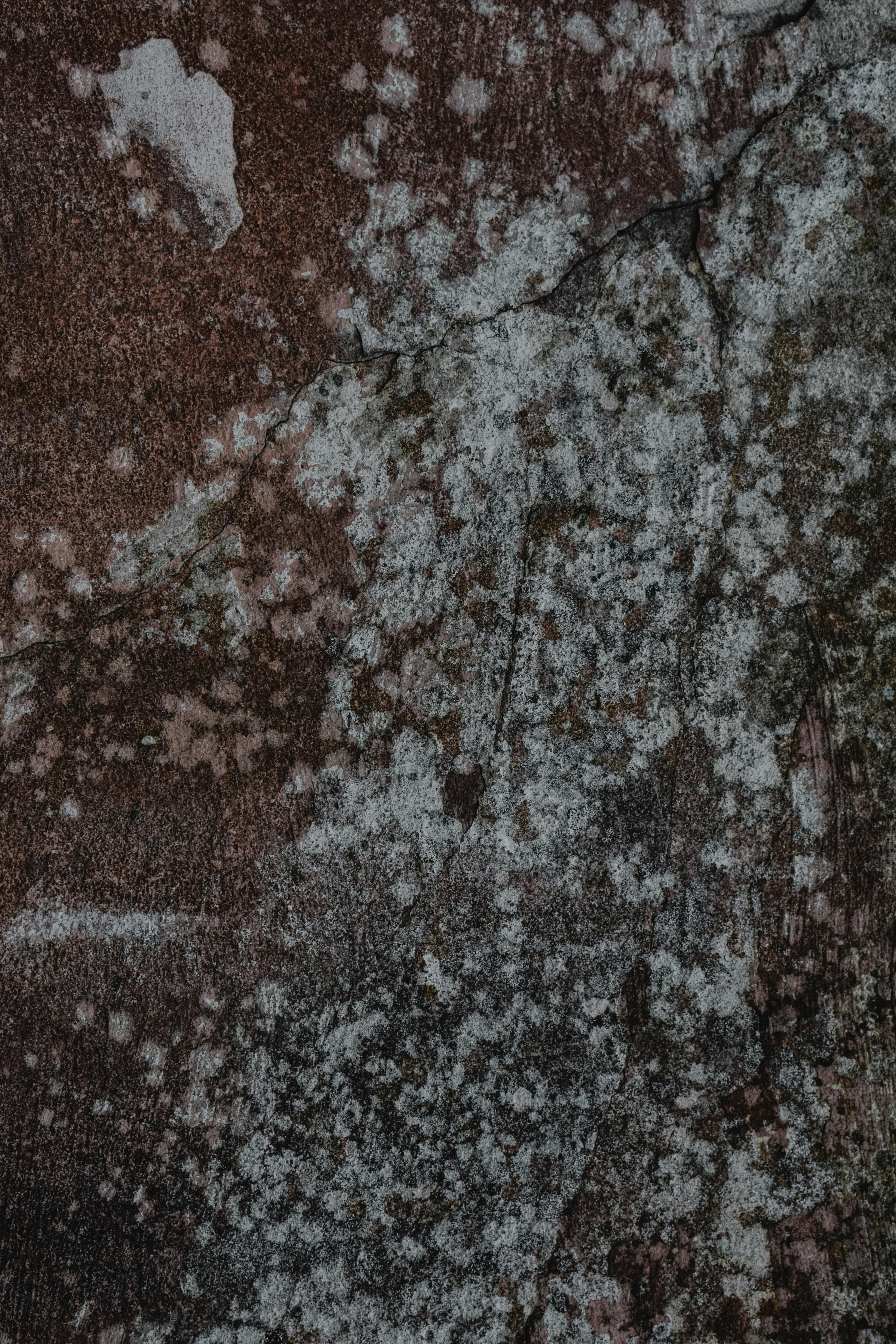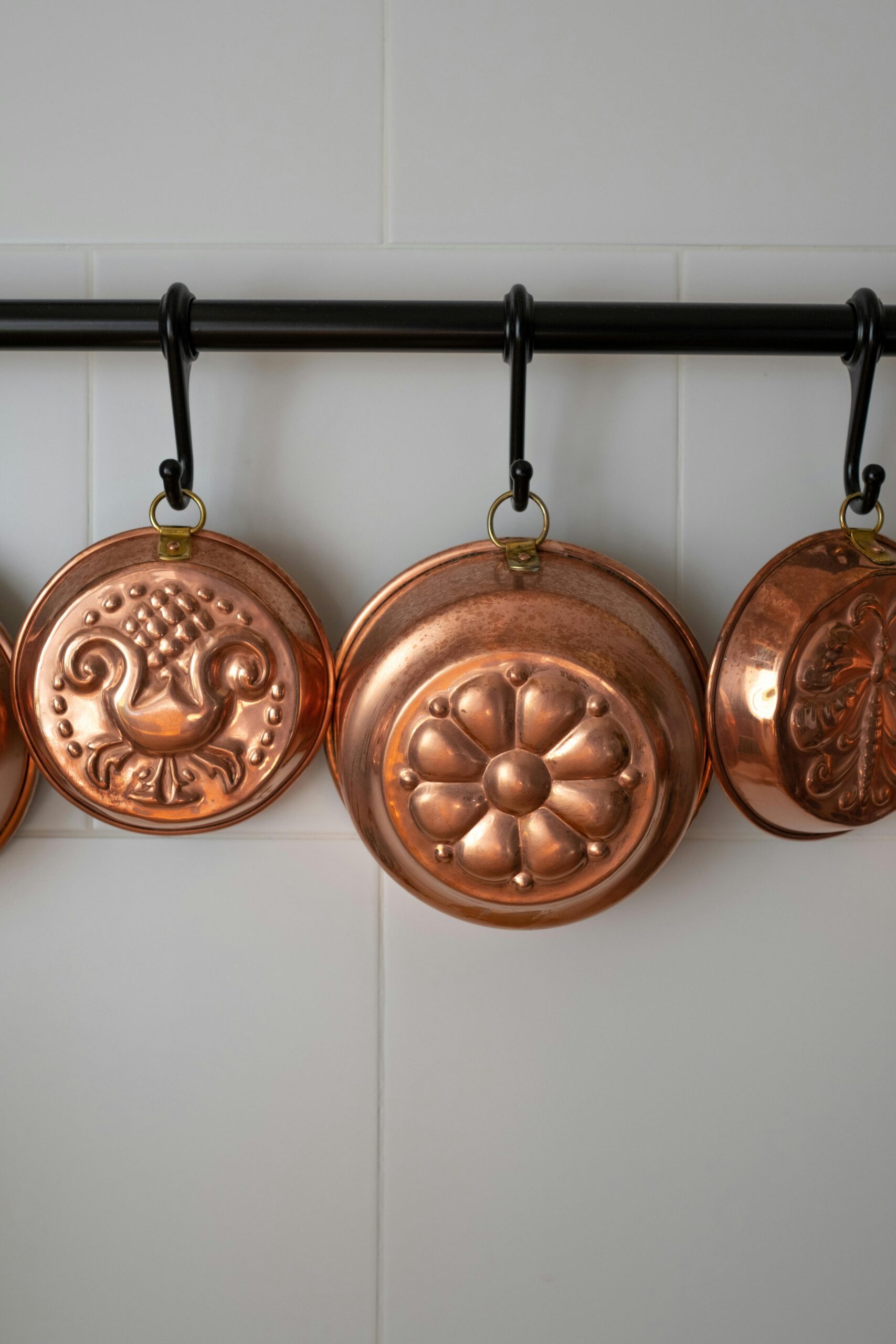Schimmel Wand: Understanding and Combatting Mold Growth
Schimmel wand, or mold on walls, is a common issue that many homeowners face. It not only affects the aesthetics of a space but can also pose significant health risks. In this article, we will explore the causes of schimmel wand, effective prevention strategies, and actionable steps to remove mold. By understanding the intricacies of how mold grows and the best practices for combatting it, you will be better equipped to protect your home and health.
What is Schimmel Wand?
Schimmel wand is the German term for mold or mildew that develops on walls, often seen in damp or poorly ventilated spaces. Mold thrives in moist environments, requiring three things to flourish: moisture, organic material, and a suitable temperature. Typically, these fungi appear as dark spots or patches on walls, which can look unsightly and may indicate a deeper problem within the structure of your home. Not only does schimmel wand affect aesthetics, but it can also lead to serious health issues, including respiratory problems and allergies. Identifying and understanding the factors that foster mold growth is the first step in prevention and eradication.
Causes of Mold Growth on Walls
There are several factors contributing to schimmel wand, primarily moisture and humidity levels in your home. Poor ventilation can trap moisture, leading to ideal conditions for mold growth. Common sources of moisture include leaking roofs, plumbing issues, and condensation from hot showers or cooking. Understanding these causes allows homeowners to implement preventative measures effectively. For instance, ensuring proper ventilation in kitchens and bathrooms is crucial to minimizing humidity levels. Additionally, maintaining roof integrity and regularly inspecting plumbing systems can proactively reduce the risk of mold formation.
Identifying Mold Infestations
Recognizing signs of schimmel wand can be straightforward. Homeowners should look for discoloration on walls, a musty odor, and visible mold growth. Conducting regular checks in areas prone to moisture accumulation, such as bathrooms, basements, or near windows, is essential. If you suspect a hidden mold issue, you can perform a simple moisture test using a humidity meter. Maintaining indoor humidity levels between 30% and 50% significantly reduces the likelihood of mold growth. Implementing this simple monitoring step can be highly effective in the early detection of schimmel wand.
Preventing Mold Growth
Preventing schimmel wand requires a multi-faceted approach, focusing on moisture management and home maintenance. Ensuring adequate ventilation throughout your home is a primary strategy. This can involve installing exhaust fans, using dehumidifiers, or simply opening windows to allow air circulation. Furthermore, using mold-resistant paints in areas prone to moisture can provide an extra layer of defense that inhibits mold growth. Regularly inspecting your home for leaks and performing routine maintenance can drastically reduce the risk of mold development.
Practical Tips for Prevention
Homeowners can adopt various practical strategies to minimize the risk of schimmel wand effectively. Here’s a quick list of actionable tips:
- Use exhaust fans in kitchens and bathrooms to remove humidity.
- Regularly check and repair leaks from roofs and plumbing.
- Consider using mold-resistant products, such as paints and drywall.
- Keep gutters clean and ensure they direct water away from your home.
- Maintain an indoor humidity level of 30%-50% using dehumidifiers or air conditioners.
Implementing these tactics can create an environment that discourages mold growth, protecting both your home and your family’s health.
Case Study: A Successful Mold Remediation
In a recent case, a homeowner discovered extensive schimmel wand in their basement after a plumbing leak went unnoticed for weeks. The mold had spread significantly, affecting not only the walls but also the furniture and belongings stored in that area. The homeowner contacted a mold remediation expert who first assessed the damage and identified the source of moisture. The remediation process involved sealing off the affected area, using specialized equipment to remove the mold, and applying treatment to prevent regrowth. Following the remediation, the homeowner was advised to regularly check for signs of moisture and maintain lower humidity levels in the basement to prevent future issues.
Removing Mold from Walls
If schimmel wand has already taken hold in your home, taking action quickly is critical. Mold removal can be done effectively with the right methods and safety precautions. For small areas of mold growth, homeowners can often tackle the situation using household cleaning solutions, such as vinegar or a mixture of water with detergent. For larger infestations, professional assistance may be necessary to ensure the mold is completely and safely removed. Proper protective gear should always be worn, including gloves, masks, and goggles, to minimize health risks during the removal process.
Step-by-Step Mold Removal Guide
Here’s a simple guide you can follow to remove schimmel wand from your walls:
- Gather necessary supplies: gloves, masks, scrub brushes, and cleaning solutions.
- Identify and contain the area to prevent spores from spreading.
- Scrub the moldy surface with a cleaning solution, ensuring to remove all traces of mold.
- Rinse with clean water and dry the area thoroughly.
- Dispose of any contaminated materials, such as sponges or clothing, properly.
This method, while straightforward, requires diligence to ensure that mold does not return, highlighting the importance of moisture management post-removal.
When to Seek Professional Help
While many homeowners can handle small mold issues themselves, certain situations call for professional intervention. If the area of mold exceeds 10 square feet, or if it is located in difficult-to-reach spots, such as inside walls or HVAC systems, a professional mold remediation service is advisable. Professionals can not only remove mold safely but also conduct a thorough assessment to prevent future growth. They employ specialized equipment and techniques that the average homeowner may not have access to, ensuring a comprehensive solution to mold issues.
Key Takeaways
Understanding and managing schimmel wand is vital for every homeowner. Here are the key takeaways:
- **Preventing moisture** is crucial to mold control.
- Regular inspections and maintenance can help identify issues early.
- Effective removal strategies involve both immediate action and long-term habits.
- Professional help is necessary in extensive or complex mold infestations.
FAQ
1. How can I tell if I have schimmel wand in my home?
Detecting schimmel wand typically involves looking for visible signs such as dark spots, fuzzy patches, or a musty odor. Regularly check high-moisture areas like bathrooms, kitchens, and basements for these indicators. If you suspect hidden mold, consider using a humidity meter to measure moisture levels, as excessive humidity can signal a mold problem.
2. Can mold cause health issues?
Yes, schimmel wand can lead to various health problems, especially for individuals with respiratory issues, allergies, or weakened immune systems. Exposure to mold can result in symptoms such as coughing, sneezing, skin irritation, and even long-term health complications. It’s critical to address any mold presence promptly to minimize health risks.
3. What are some effective home remedies for mold removal?
Household solutions like vinegar, baking soda, or hydrogen peroxide are often effective against schimmel wand. For small areas, spray undiluted vinegar onto the moldy surface, let it sit for a few hours, then scrub away the mold with a brush. Always remember to ventilate the area and wear protective gear when cleaning mold.
4. How do I prevent schimmel wand from recurring?
To prevent mold recurrence, maintain low humidity levels (30%-50%), ensure proper ventilation throughout your home, and fix any leaks promptly. Using mold-resistant products during home improvements can also help. Regular monitoring and maintenance will create an inhospitable environment for mold.
5. Is professional mold removal worth the cost?
Yes, professional mold removal services can save homeowners time, effort, and potential health risks. Professionals are equipped to handle large infestations safely and effectively, ensuring that mold is entirely removed and preventing future outbreaks through comprehensive assessments and treatments.
6. What should I do if I find mold on my wallpaper?
If you detect schimmel wand on wallpaper, it’s best to remove the affected section carefully. You can try cleaning it with a suitable mold removal solution but often replacing the wallpaper is the most effective long-term solution, especially if there is underlying moisture that needs addressing.


